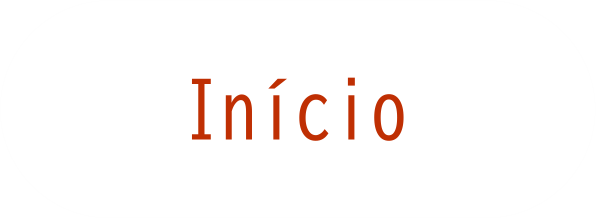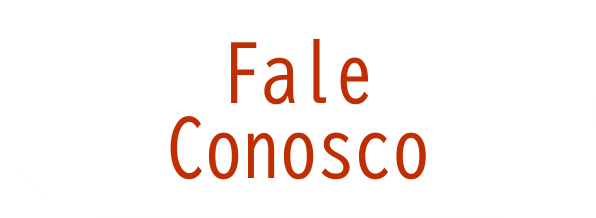Spatial distribution of the risk of dengue and the entomological indicators in Sumare, state of Sao Paulo, Brazil
Autor(es): Barbosa, Gerson Laurindo; Donalisio, Maria Rita; Stephan, Celso; Lourenco, Roberto Wagner; Andrade, Valmir Roberto; Arduino, Marylene de Brito; de Lima, Virgilia Luna Castor
Resumo: Dengue fever is a major public health problem worldwide, caused by any of four virus (DENV-1, DENV-2, DENV-3 and DENV-4; Flaviviridae: Flavivirus), transmitted by Aedes aegypti mosquito. Reducing the levels of infestation by A. aegypti is one of the few current strategies to control dengue fever. Entomological indicators are used by dengue national control program to measure the infestation of A. aegypti, but little is known about predictive power of these indicators to measure dengue risk. In this spatial case-control study, we analyzed the spatial distribution of the risk of dengue and the influence of entomological indicators of A. aegypti in its egg, larva-pupa and adult stages occurring in a mid-size city in the state of Sao Paulo. The dengue cases were those confirmed by the city's epidemiological surveillance system and the controls were obtained through random selection of points within the perimeter of the inhabited area. The values of the entomological indicators were extrapolated for the entire study area through the geostatistical ordinary kriging technique. For each case and control, the respective indicator values were obtained, according with its geographical coordinates and analyzed by using a generalized additive model. Dengue incidence demonstrated a seasonal behavior, as well as the entomological indicators of all mosquito's evolutionary stages. The infestation did not present a significant variation in intensity and was not a limiting or determining factor of the occurrence of cases in the municipality. The risk maps of the disease from crude and adjusted generalized additive models did not present differences, suggesting that areas with the highest values of entomological indicators were not associated with the incidence of dengue. The inclusion of other variables in the generalized additive models may reveal the modulatory effect for the risk of the disease, which is not found in this study. Dengue is a disease caused by a virus which has four serotypes DENV-1, DENV-2, DENV-3 and DENV-4. In Americas, A. aegypti is acknowledged as the only dengue vector in America. Currently the only strategy to prevent dengue is controlling A. aegypti mosquitoes. The generalized additive model was used to understand the relationship of the indicators of the presence of eggs, larvae-pupae and adult stages of A. aegypti with the occurrence of dengue cases in a medium sized city of Sao Paulo state, Brazil. Dengue incidence as well as the entomological indicators in all stages of the mosquito showed a seasonal behavior. The infestation level was not a limiting or a determinant factor of the occurrence of cases in the municipality. Risk maps of the disease, from the crude and adjusted by generalized additive models, showed no differences, suggesting that the entomological indicators did not influence the incidence of dengue in the city. The inclusion of other variables in the generalized additive model could reveal the modulating effect on the disease risk, not found in this study.
Palavras-Chave: Biological surveys; Prediction; Infestation; Human diseases; Pest control; Aquatic insects; Risks; Disease transmission; Public health; Serotypes; Spatial distribution; Dengue; Control programs; Vectors; Eggs; Evolution; Models; Health risks; Sulfur dioxide; Risk factors; Seasonal variations; Geographical coordinates; Urban areas; Aedes aegypti; Flavivirus; Flaviviridae
Imprenta: Plos Neglected Tropical Diseases, v. 8, n. 5, 2014.
Descritores: Aedes aegypti - Flaviviridae ; Aedes aegypti - Virus ; Aedes aegypti - Transmission ; Aedes aegypti - Dengue ; Aedes aegypti - Epidemiology ; Aedes aegypti - Public health
Data de Publicação: 2014








